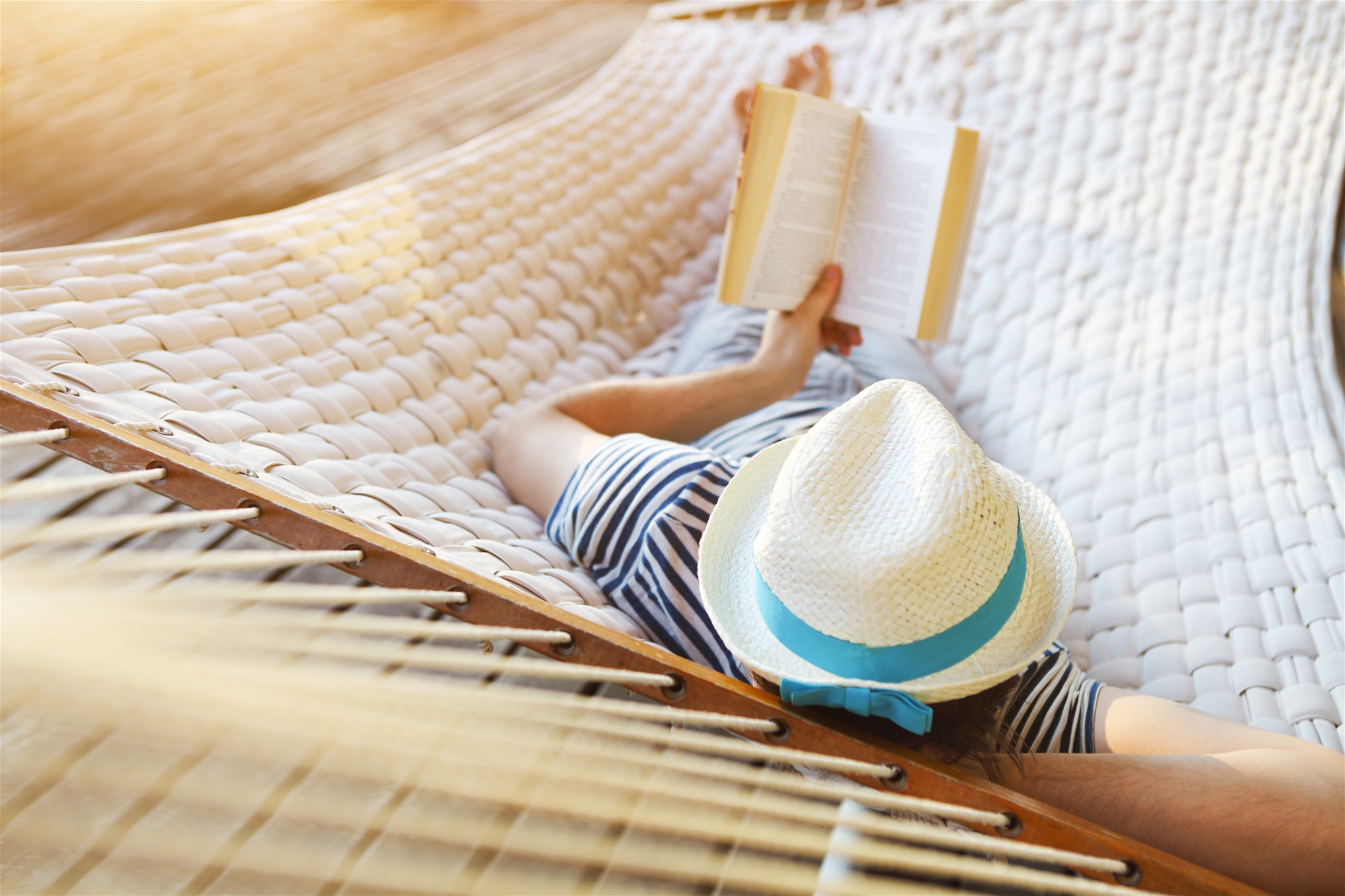Introduction
In the daily life of today's society, there are often some big and small events that cause us stress or insecurity, such as work pressure, the hectic pace of life, test pressure, noise interference and interpersonal problems, and affect our life and work performance.
Research shows that moderate stress can improve efficiency, but excessive one does not boost efficiency, but hinders performance at work.
Tension is due to the role of the autonomic nervous system, which is physiologically characterized by rapid heartbeat, muscle stiffness, agitation, dry mouth, cold sweat, cold hands and feet, stomach discomfort, frequent urination, shivering and dizziness.
Long-term excessive tension may lead to physical diseases. In addition to dealing directly with the sources of stress and increasing our ability to solve problems, if we have a set of ways to relax ourselves, we can always bring ourselves into a relaxed state and get rid of excessive tension, which will reduce the body's discomfort and enhance the efficiency at work.

How to relax yourself?
Everyone has their usual relaxation style, such as taking deep breaths twice before handling things, or doing some gymnastics to relax their muscles and bones, or arranging leisure activities to relax themselves out of their busy time, such as outing, soaking in warm baths, chatting with family and friends and telling jokes, in order to ease the accumulated work pressure. In addition, we can maintain emotional stability and alleviate tension by practicing taiji, yoga, meditation, jogging and other sports.
Benefits of relaxation techniques
- Reduces muscle tightness as well as tension and anxiety.
- Improved ability to withstand pressure.
- Improve the efficiency of handling affairs.
Muscle relaxation exercises
- Practice mode:
First, find a quiet room and a chair with a back. When sitting, take the most natural and relaxed posture, with the weight of the upper body on the buttocks, the weight of the feet on the soles of the feet, and the hands put on the thighs naturally, and then close your eyes slowly.
- Practice steps:
- Raise your hands to a level position, stretch them forward with force, clench your fist firmly and then relax. Slowly return your hands to your thighs and feel the muscles relax.
- Raise your forehead, tighten the muscles of your forehead and neck, and then relax after exerting force one by one.
- Tighten your eyebrows to the middle to pucker the nose and mouth, then relax after exerting force one by one.
- Clench your teeth gradually hard and relax.
- Open your mouth with force and relax. Press your tongue against the lower incisor for about 10 seconds. Then relax after exerting force one by one.
- Next, sit up straight. Hold your chin down against your chest, push your hands back to get your chest out, and then relax after exertion.
- Take two deep breaths.
- The last action is to lift the feet to a horizontal position, extend the toes forward, tighten the leg muscles, and then gradually relax.
- Then continue to relax your entire body for 5-10 minutes.
Notes
There are several things to remind you about practicing muscle relaxation:
- Muscle relaxation is a technique that must be practiced over and over again. It is advised to practice 1 to 2 times a day for 10 to 20 minutes at a time, with your eyes closed to reduce distractions.
- Practice in loose and comfortable clothes, such as sports clothes, pajamas, etc.
- Choose free time to practice as much as possible to avoid feeling time pressure and unable to achieve real relaxation.

